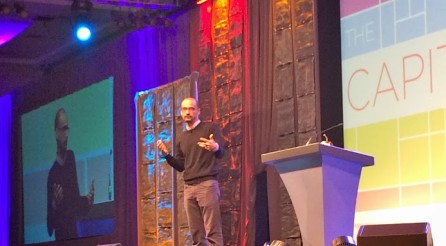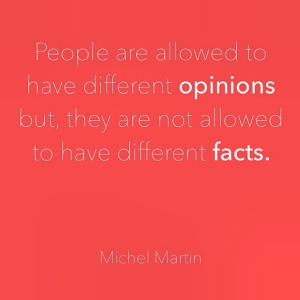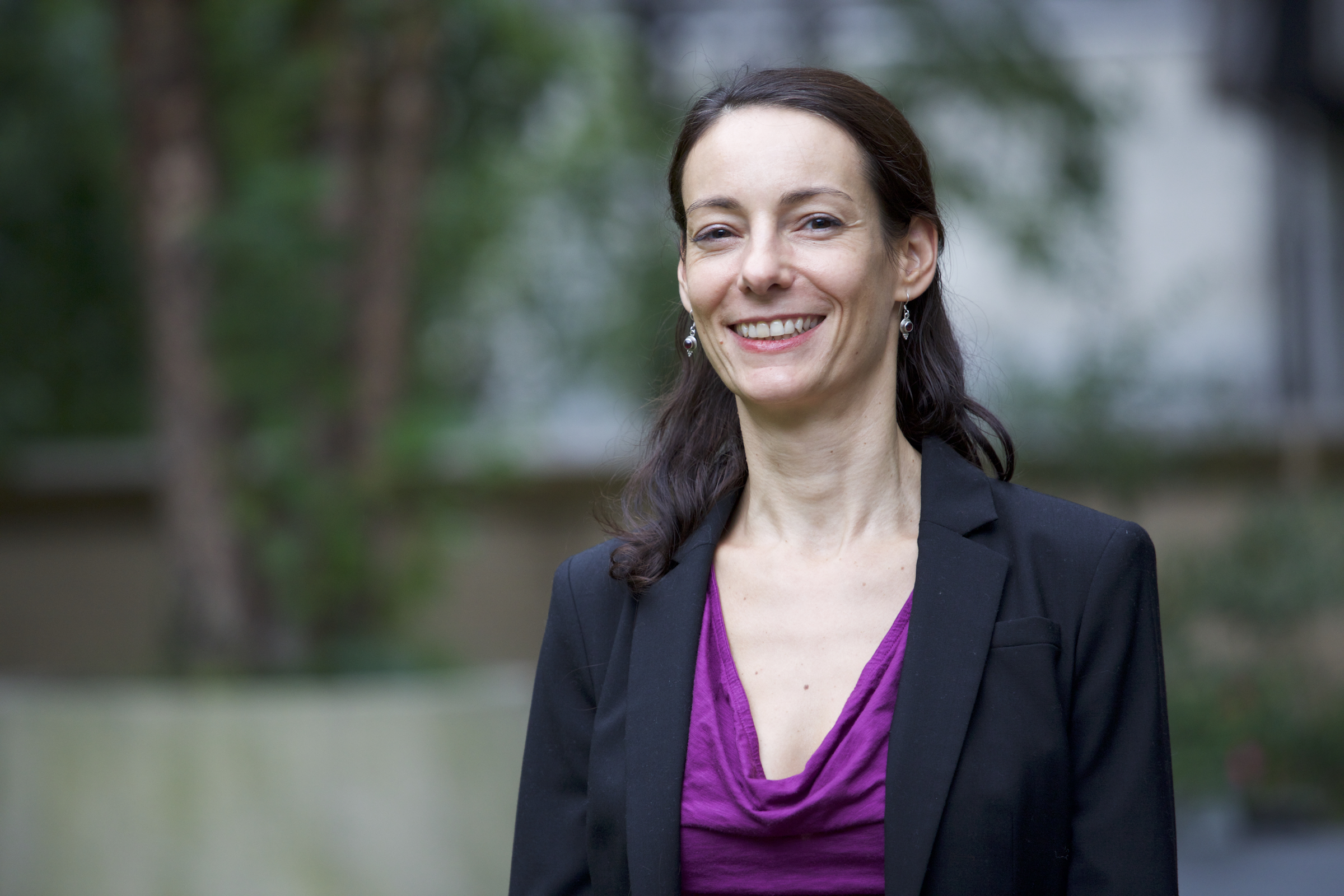On December 5, 6, and 7, eleven members of the LFNY Diversity Committee created last year at the school had the tremendous privilege of taking part in the 26th Annual People of Color Conference of the National Association of Independent Schools in National Harbor in Maryland.
The National Association of Independent Schools (NAIS) 2013 People of Color Conference in National Harbor, Maryland.
2200 educators and 1400 students from across the United States, Austria and the United Kingdom came together to discuss the individual and collective relationship, conscious and unconscious, that we establish every day with people of color. Through films, lectures, personal accounts, seminars, and affinity groups, the participants were able to discuss and debate what takes place in schools, mainly, and also to discuss the difficulties faced.
A multicultural environment does not necessarily protect us from racism
As the students shared with great personal strength during one of the seminars, “Racism didn’t die with Martin Luther King and the Civil Rights Movement or with Obama being President,” and we know that racial stereotypes perpetuate racial inequality, at times unspoken or denied, that anchor western society and give privilege to whites. “I Am not Racist…Am I?” asks the producer of the film André Robert Lee in this title of his next documentary.
To be reminded that living in a multicultural environment does not necessarily protect us from racism and that to fight it we need to talk about it and act on it in our every day lives for me were the biggest points of these three days that I want to share with our community. “What have you been doing in the past few years to represent diversity in your school among children, staff and administration?” The creation of a diversity committee at the LFNY last year and the participation at the conference of Sean Lynch and Nicolas L’Hotellier give us an undeniably positive response to that question, which was hammered home during the three days.
“As educators, how can we give our students the opportunities to think deeply about themselves?“
In the spirit of diversity that presided over this exceptional conference, I will let my 10 colleagues share what they heard or experienced from the many different voices at the conference in such harmony that resonated with them:
I loved that the LFNY was able to send 11 staff members to the conference, since it was life changing when I attended it for the first time last year. My favorite moments were when Pulitzer Prize-winning author Junot Diaz spoke about race in the United States and hearing author Staceyann Chin speak about gender and sexuality and growing up in Jamaica.
Marysella Castillo, Director of Events
How do we raise issues about diversity in places where everything looks fine on the surface? How can we be inclusive despite our differences and keep our actions toward minorities free from condescension?
Eric Cielenou, Assistant Athletic Director
“Out of Many, We Are One”. This statement resonated with me a great deal, because through such a simple statement you grasp the deeper meaning of acceptance and cannot help but to embrace it. This intoxicating energy was felt throughout each presentation, each affinity group session, and each workshop session I attended.
Merav Davis, Manager of Events
“Know thyself” is a common piece of advice given by many people. Looking within to embrace one’s own identity to gain self-realization plays a key role in respecting another person’s identity. As educators, how can we give our students the opportunities to think deeply about themselves?
Young Kim, Primary Technology Integrator
“As human beings, we are allowed to have different opinions; we are not allowed to have different facts.” – Michel Martin (Host of National Public Radio’s Tell Me More)
Lauren Neidhardt, Educational Assistant and 8th Grade Coordinator
The conference for me was a celebration of diversity. It provided a safe haven to learn, listen, share our stories and experiences and reflect. It left me with a sense of empowerment and a desire to actively play a role in continuing this conversation at the Lycée.
Marlène Sajous, Manager of Executive and Administrative Services
To my mind, the notion that any of us should consciously seek to become colorblind in our society, and more specifically in our classrooms, is outdated. Educators are committing would be committing grave error, if they ignore the unique qualities of students.
Tony Tanael, Director of Information Technology
There is no turning back now that the Lycée has demonstrated its commitment to diversity training and exploration for both students and staff. We are in good company with other NYSAIS schools in the area, and we can learn from their experiences, resources and guidance as we continue to work to making understanding our diversity a key point of discussion at our school.
Timothy Riordan, Secondary Art Teacher
Cette conférence m’aura permis de mieux appréhender la notion de diversité aux Etats-Unis qui dans l’idéal met en jeu des populations minoritaires préservant leurs différences tout en étant vues comme porteuses d’une valeur ajoutée, quitte parfois à courir le risque du communautarisme, et la confronter à une vision peut-être plus française qui place l’idéal de l’égalité au dessus de tout quitte parfois à nier les réalités sociales et certaines formes de discrimination.
Nicolas L’Hotellier, Proviseur Adjoint/Director of Secondary
Diversity is our greatest strength, making everything possible. Cela commence avec l’empathie, avec le fait de comprendre et d’appreciér et de partager la facon de voir le monde du point de vue de l’autre, de celle ou de celui qui est différent de nous-mêmes. And it manifests itself through action, action which celebrates what makes each of us unique and action which builds on our shared humanity.
Sean Lynch, Head of School
About the Author :
Professeure agrégée de Lettres Modernes et titulaire d’un Master professionnel de Psychologie clinique, Nathalie Anton a été membre pendant trois ans d’une équipe en charge de prévenir la violence en milieu scolaire dans l’académie de Paris. Elle est aussi l’auteur de l’ouvrage L’Art d’enseigner, paru aux éditions Ixelles en août 2012. Quand elle n’est pas en classe, Nathalie aime courir à Central Park et sillonner la ville à vélo l’été et se réchauffer dans les salles de spectacles l’hiver.





One comment
Comments are closed.